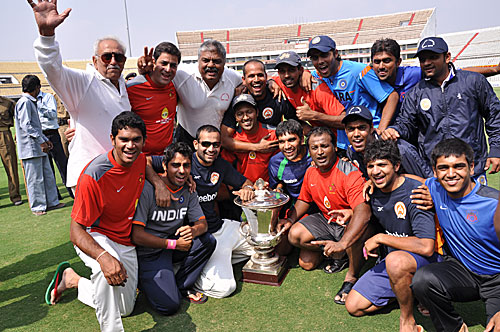Why the second new ball is key
What is it about the second new ball that makes it so pivotal

|
| "Most centuries scored in this edition of the Duleep trophy have come from the middle-order batsmen which include as many as three double centuries in just four matches" © Cricinfo Ltd |
Former India opener Aakash Chopra is the author of Out of the Blue, an account of Rajasthan's 2010-11 Ranji Trophy victory. His website is here and his Twitter feed here